The transport ministry has introduced the new special licence plate (RPK, or rekaan plat khas) specifically for electric vehicles, with transport minister Anthony Loke officially introducing the JPJePlate in Cyberjaya earlier this morning.
The new JPJePlate, which is compulsory for all new EVs registered from now on, is not an EV number plate series (as in ‘EV 1’ to ‘EV 9999’) but rather a specific licence plate design, different to the standard simple white lettering (alphabets and numbers) mounted on a black background in use at present.
Coincidentally, the ministry also announced the introduction of the “EV” series number plate, specifically for fully-electric vehicles. Bidding opened today and ends on September 13.
Independent of that, number plates under the current vehicle registration system (for example, V prefix for WP, B for Selangor etc) can be used with the JPJePlate, as can be seen in the photo examples here, but the plate itself is only for EVs. Most importantly, the presentation format for the plate is different, as highlighted during a special briefing on it by the ministry a while back and from today’s launch.
Euro-style, but adapted for Malaysia
How so? Well, as can be seen in the images, the new RPK features a new font. That’s because it does not have lettering affixed to it, instead being embossed on the plate, which is constructed of aluminium.
The background and lettering for the plate is in reverse to the existing plate system, with a white background (which is reflective) and lettering (which on the front plate features high-security, anti-counterfeit hot stamping foil on all alphabets and numerals) in black. Incidentally, the font in use for the plate is the same as that used in Germany.
If you’re thinking the design element looks very European, well, that’s because it is. The JPJeplate, measuring 11 cm tall and 52 cm wide, is sourced from Tonnjes, a German company specialising in such manner of vehicle identification.
It’s an IDePlate with a QR code and an integrated RAIN (RAdio frequency IdentificatioN) passive RFID chip running a GS1 UHF Gen2 protocol, operating in the 860 MHz to 930 MHz UHF range. The RFID element – which can be used as an identifier at speeds of up to 230 km/h – isn’t in play yet, but future-proofs the plate for intelligent transportation system (ITS) integration down the line as well for possible payment options.
Theoretically, it can also help with the eventual implementation of ANPR (number plate recognition) and multi-lane free flow toll collection, but whether it will be employed for that remains to be seen. As the RFID on it uses the entire front plate as an antenna, the chip will give a much stronger signal than say, the plain sticker that TnG uses.
Why have a new plate design?
According to the ministry, the idea behind introducing the new plate design in what is essentially a pilot project for it is to easily differentiate new emissions-free vehicles from internal combustion engined ones.
In the first phase, its use is purely only for battery-electric (all-electric) vehicles, as hybrids, PHEVs or ICE vehicles will not have access to it. The ministry said that having the JPJePlate on EVs will serve as the primary identification for enforcement action as well in accidents, ensuring an appropriate response during such emergencies.
As Loke pointed out during his speech at the launch, the JPJePlate’s reflective white background and high legibility will also improve visibility aspects of a vehicle during the night, ensuring better road safety.
Who will/can use this special EV plate?
As stated earlier, the JPJePlate can only be used for fully-electric vehicles for now, and it is mandatory fitment for all new EV registrations as of now, according to the ministry. As of today, September 9, 2024, the JPePlate is available for booking on the road transport department’s (JPJ) jpjeplate.jpj.gov.my website.
All applications for the new EV plate can only be done online via the dedicated JPJ website, for new EV registrations by the various OEM car companies retailing EVs or appointed business partners/installers. Based on the FAQ on the website, it suggests that as it goes along, vehicle accessory shops can apply to be authorised installers.
While it is compulsory for all new EVs, owners of existing EVs will have the option of switching to the JPJePlate for their vehicle starting from November, with registration of interest already open for it. For them, they will be able to apply for the plate directly, but the plates will still have to be fixed at authorised fitment centres. Existing EV owners do however have a choice of whether they want to utilise the new JPJePlate or continue using their existing traditional plate, because it is not compulsory to change to it.
First step towards standardised plates for all new cars in the future?
That’s the general idea, but this will be well down the road. At the briefing, the ministry revealed that Malaysia is among 5% of the countries left using traditional plates globally, and it is looking to gradually move away from that.
The initiative to introduce the new plate is aimed at exploring the eventual standardisation of the licence plate for all new vehicles registered in Malaysia, effectively eliminating fancy/non-regulation plates and reducing vehicle cloning opportunities, among other things.
If it gets to the point that adoption becomes uniform across all powertrain types, all new vehicle registrations will one day utilise the JPJeplate, or so goes the plan. However, it doesn’t mean that the RPK is mandatory for every motor vehicle that has been registered and is still running on the road. According to the ministry, legacy – as in existing – vehicles will be able to continue using the current plate format, meaning owners of these won’t have to fork out extra. Also, there are no plans to introduce these plates for motorcycles.
How much for it, and what do you get?
As you’d expect, there is cost involved. The JPJePlate is priced at RM98, bundled into the selling price of the car in the case of new registrations. For that outlay, you get a front (RFID-equipped) and rear aluminium plate as well as a third licence plate. in the form of a security sticker attached to the windshield.
Also containing a RAIN RFID chip and a QR code, the IDeStix windshield sticker has the same functionality as the front plate, offering a further layer of identification security – it is non-removable, and will be destroyed should there be an attempt to remove it.
Handal Ceria is the local vendor appointed to issue the plate, so the entire process of stamping and delivery of the JPJePlate goes through it in the pilot phase. The transport ministry said that the selection of a single company for this phase is intended to ensure a more organised and controlled implementation, with more suppliers expected to come into the picture as the implementation is expanded in the future
Once an application is processed and made, the company states that plate can be delivered in the following ways:
- Standard delivery – one to two days for Peninsular Malaysia, three to four days for East Malaysia (no extra charge, included in cost of plate).
- Express on demand delivery – orders made before 10am will be sent out on the same day (additional cost, depending on distance).
- Self-collection – from the Handal Ceria office in Cyberjaya.
At the briefing, it was stated that the best time to submit applications for registration numbers that are already on hand should be five days before delivery of the vehicle to the customer. For running numbers, applications can be made once the eDaftar is done, using the provisional registration.
Installation process
Affixing the JPJePlate, including the windshield sticker, is carried out by the vehicle retailer or authorised business partner (which means self-collection, if chosen, has to be carried out by the latter’s designated staff).
Two types of fitment have been approved for the installation of the JPJePlate. The proposed one is to have the plates attached to the vehicle with security screws to the bumper or the plate holder base – this, Handal Ceria said, is the recommended choice in ensuring the highest level of security against theft, because it would make the plate difficult to remove.
The other is of course the traditional route, of using a 52 x 11 cm plate holder that the RPK can be inserted into. This leeway for attachment is being given because feedback has indicated that some vehicle owners fear some damage from the install, but really, there’s nothing a good screw can’t solve. It’s not hard to imagine that given their novelty, at least in the immediate future, quite a number of JPJePlates could well be liberated in cars parked in unattended locations.
Once fixed on the vehicle, images have to be taken of the fitment (front, rear and windscreen) and uploaded to the registration section of the dedicated website. This is to ensure that the fitment is accomplished and carried out correctly. The company said the approval process subsequent to the image submission will not take long.
Warranty and replacement
Should a vehicle be damaged in an accident and require a new JPJePlate, the application process for it can be done in the same manner as per new registrations. The cost is RM70 for a replacement front plate, RM30 for a rear plate and RM35 for a windshield sticker.
Neatly, the JPJePlate comes with a warranty that complies with ISO 7591 and DIN 74069 standards, effective from the date of manufacture. The plate is covered by a 10-year warranty against rust and a 10-year warranty against RFID data loss.
It is also covered by a seven-year warranty against RFID functionality and a five-year warranty against peeling, color fading, delamination (based on the ISO 7591 standard). The warranty does not of course cover damage caused by negligent maintenance, such as vandalism, misuse and intentional damage.
Also, for now, the RPK comes in a standard size given by JPJ, which is a wide format. As such, cars with spacing for a square plate will have to install a wide plate holder if they want to use the JPJePlate.
So, there you have it, the lowdown on the new JPJePlate for EVs. What do you think of the RPK? Do you like the direction being taken, or do you still prefer the current vehicle registration plate design?
Looking to sell your car? Sell it with Carro.

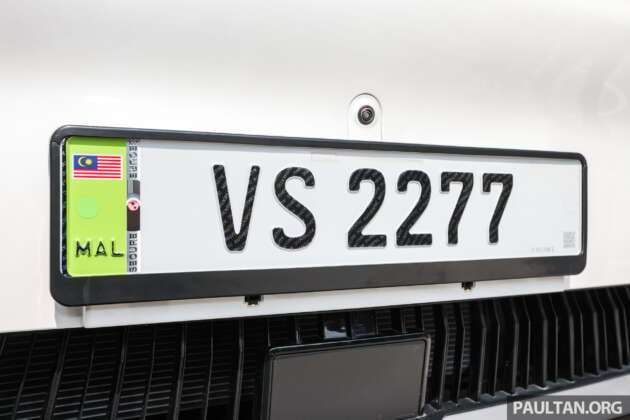











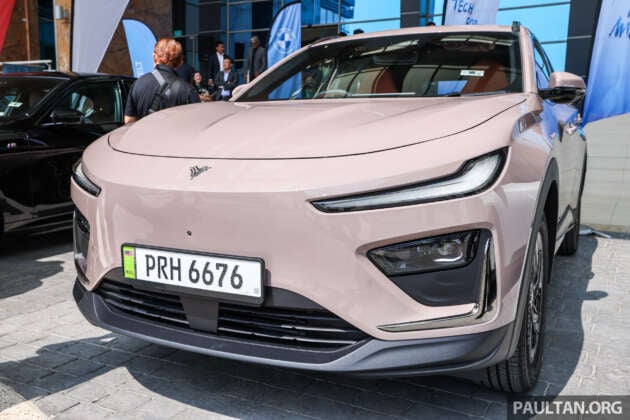
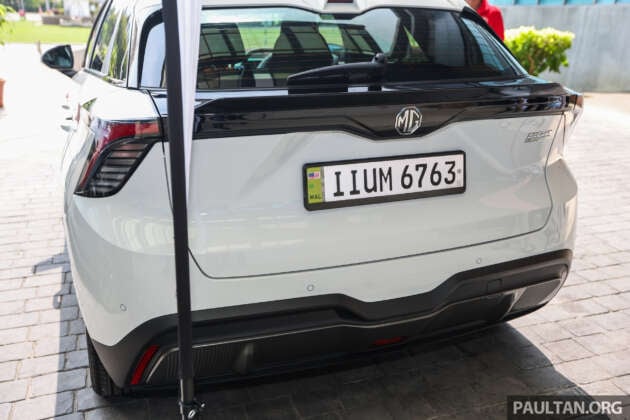
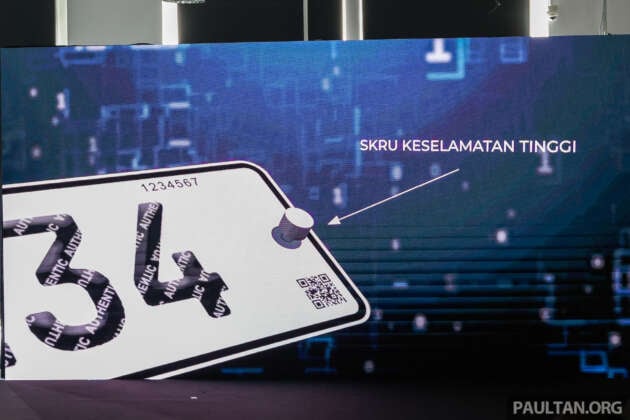


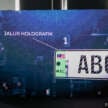
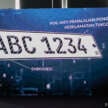




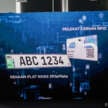




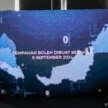







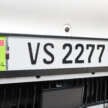
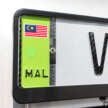


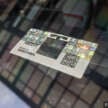
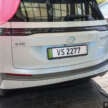
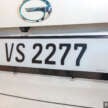





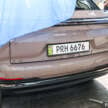








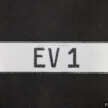
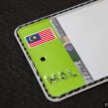
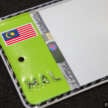

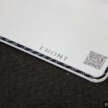
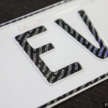

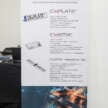
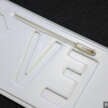

AI-generated Summary ✨
Comments show some enthusiasm and support for the new JPJePlate EV registration system with its Euro-style design, embedded RFID, and Malaysian flag, viewing it as a modern upgrade aligned with EV adoption. However, there are concerns about monopoly, high costs, and potential for corruption, with some critics arguing it may favor certain companies or cronies. Discussions also mention the necessity for this system to be extended to all vehicles, including motorcycles, and skepticism about its complexity and environmental impact. Several commenters express hopes for future standardization, better security, and more minimalist design approaches. Overall, sentiments range from positive acceptance and anticipation to criticism over monopoly, cost, and implementation challenges.